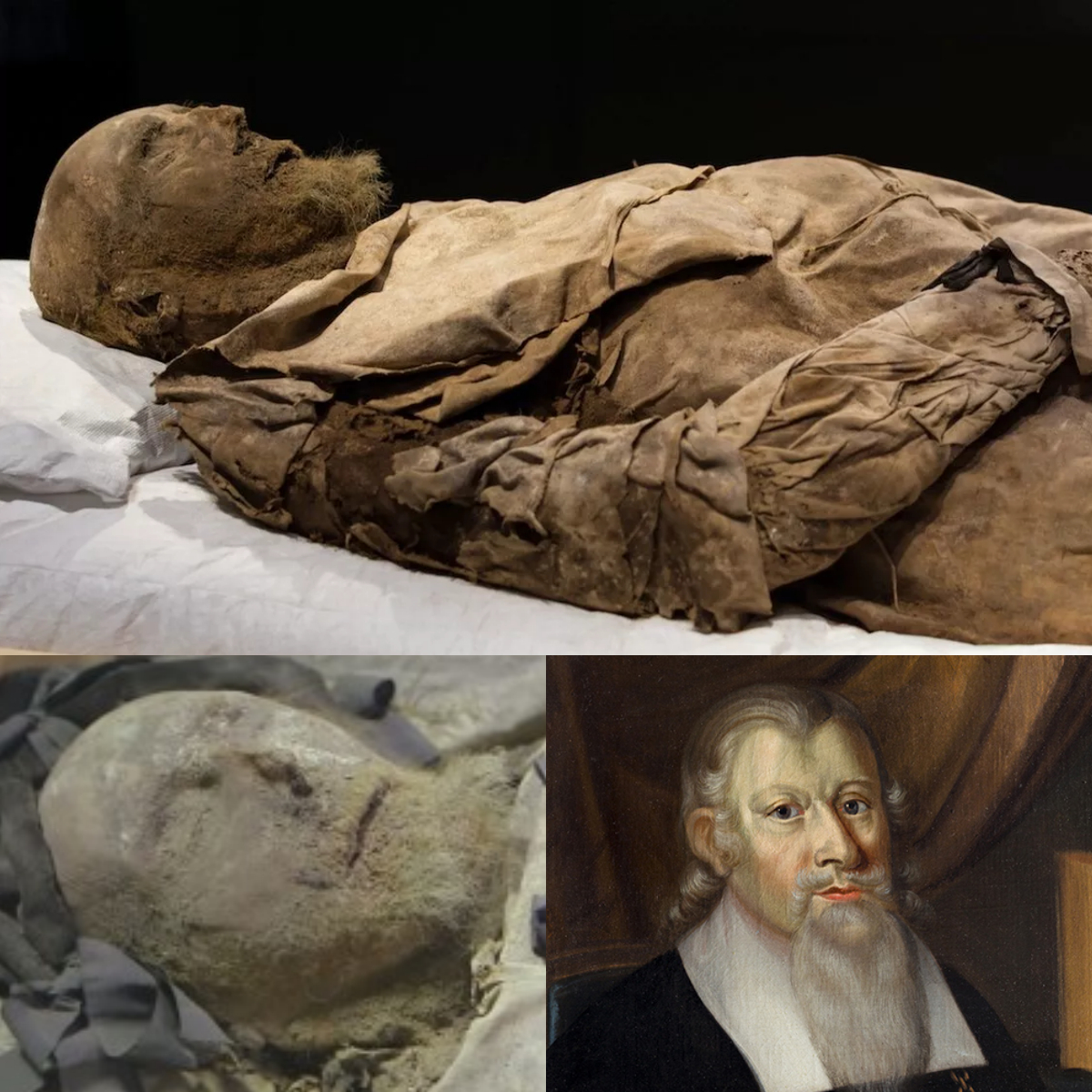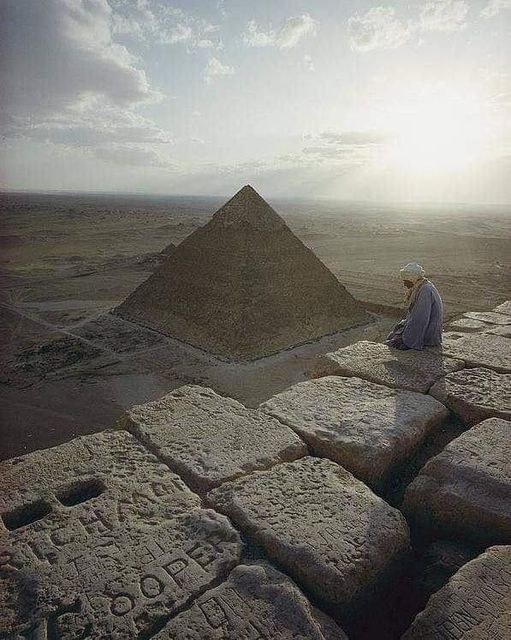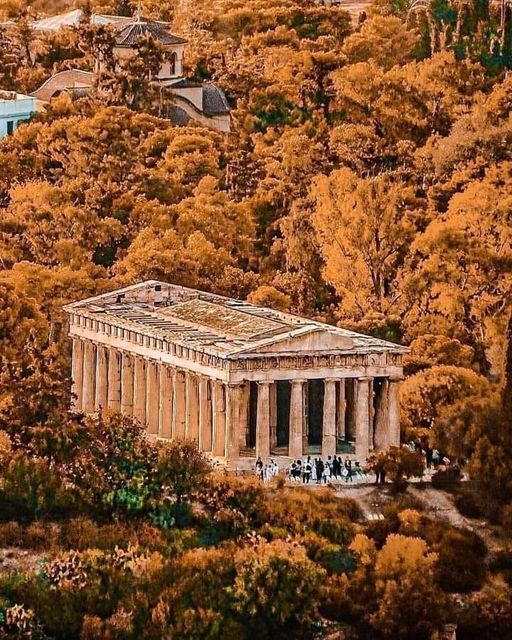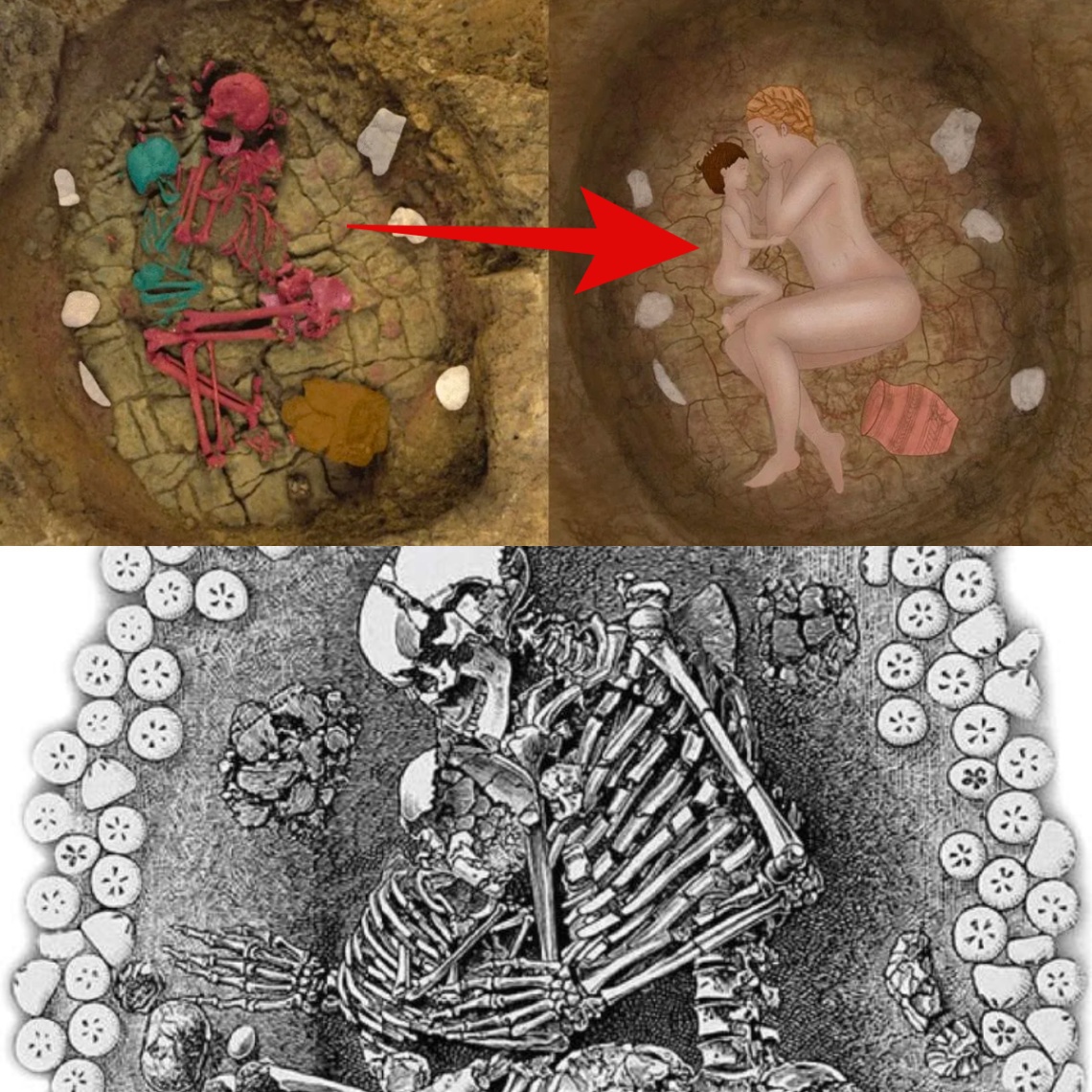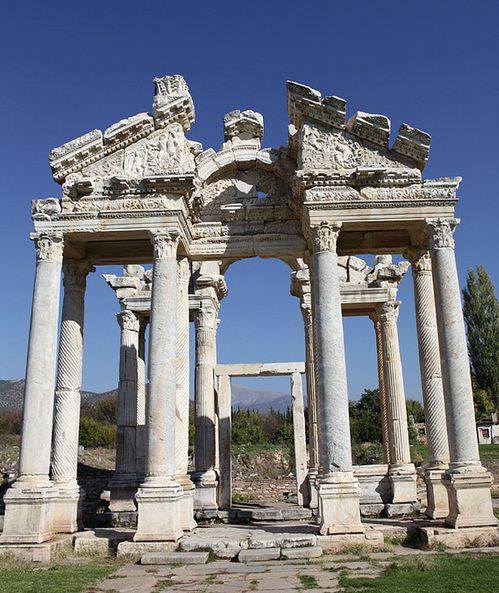A marble sculpture group, titled "Blinding Ulises Poliphemus", found in 1957 in the villa of Tiberio in Sperlonga. 1st century AD, now on display at the Archaeological Museum of Sperlonga in Italy
Unveiling the Mythological Marvel of Blinding Ulises Poliphemus
In the annals of classical mythology, few tales captivate the imagination quite like the encounter between the cunning Odysseus (known as Ulises in some traditions) and the formidable Cyclops Polyphemus. This timeless narrative has been immortalized in art and literature for centuries, but perhaps nowhere is it more vividly depicted than in the marble sculpture group titled "Blinding Ulises Poliphemus," discovered in 1957 in the villa of Tiberio in Sperlonga, Italy. In this blog post, we embark on a journey to explore this remarkable archaeological find and unravel the rich tapestry of myth and history that surrounds it.

Unraveling the Mythological Tapestry
The sculpture group "Blinding Ulises Poliphemus" offers a stunning visual representation of the epic encounter between Odysseus and Polyphemus as recounted in Homer's Odyssey. Carved from marble with exquisite detail and artistry, the group depicts the moment when Odysseus and his companions blind the Cyclops Polyphemus to escape his cave. The dynamic composition captures the tension and drama of the scene, with Odysseus wielding a spear while his men drive a stake into the eye of the monstrous Polyphemus. The sculpture masterfully conveys the raw emotion and psychological depth of Homer's narrative, making it a truly captivating work of art.

Discovering the Villa of Tiberio in Sperlonga
The discovery of the sculpture group "Blinding Ulises Poliphemus" took place in 1957 during excavations at the villa of Tiberio in Sperlonga, a coastal town located south of Rome, Italy. The villa, believed to have been constructed during the reign of the Roman Emperor Tiberius in the 1st century CE, was adorned with magnificent works of art and served as a luxurious retreat for the elite. The discovery of the sculpture group shed new light on the artistic tastes and cultural interests of the Roman aristocracy, offering valuable insights into the reception and interpretation of classical mythology in the ancient world.

Myth and History: Interpreting the Sculptural Narrative
The "Blinding Ulises Poliphemus" sculpture group is not merely a work of art but also a testament to the enduring influence of classical mythology on Roman culture and society. In depicting the legendary encounter between Odysseus and Polyphemus, the sculpture invites viewers to reflect on themes of heroism, cunning, and the triumph of intellect over brute force. Moreover, the sculpture group serves as a reminder of the complex interplay between myth and history in shaping the cultural identity of ancient Rome, where myths and legends were often invoked to legitimize political power and reinforce social norms.

Exploring Ancient Discoveries: Unlocking the Secrets of the Past
As we marvel at the splendor of the "Blinding Ulises Poliphemus" sculpture group and the villa of Tiberio in Sperlonga, it is worth pondering the broader significance of ancient discoveries in our understanding of human history and civilization. From majestic monuments to intricate artifacts, each archaeological find offers a window into the lives, beliefs, and aspirations of ancient peoples, enriching our appreciation for the diversity and complexity of human culture. By exploring these ancient discoveries, we embark on a journey of discovery that transcends time and connects us to our shared heritage as inhabitants of the world.
A Glimpse Into the Mythical Past
In conclusion, the "Blinding Ulises Poliphemus" sculpture group stands as a testament to the enduring power of myth and the timeless appeal of classical storytelling. Its discovery in the villa of Tiberio in Sperlonga illuminates the rich tapestry of Roman art and culture, offering a tantalizing glimpse into the mythical past of ancient Rome. As we contemplate the intricate details and narrative depth of the sculpture, we are reminded of the enduring resonance of classical mythology and its ability to inspire awe, wonder, and contemplation across the ages.


